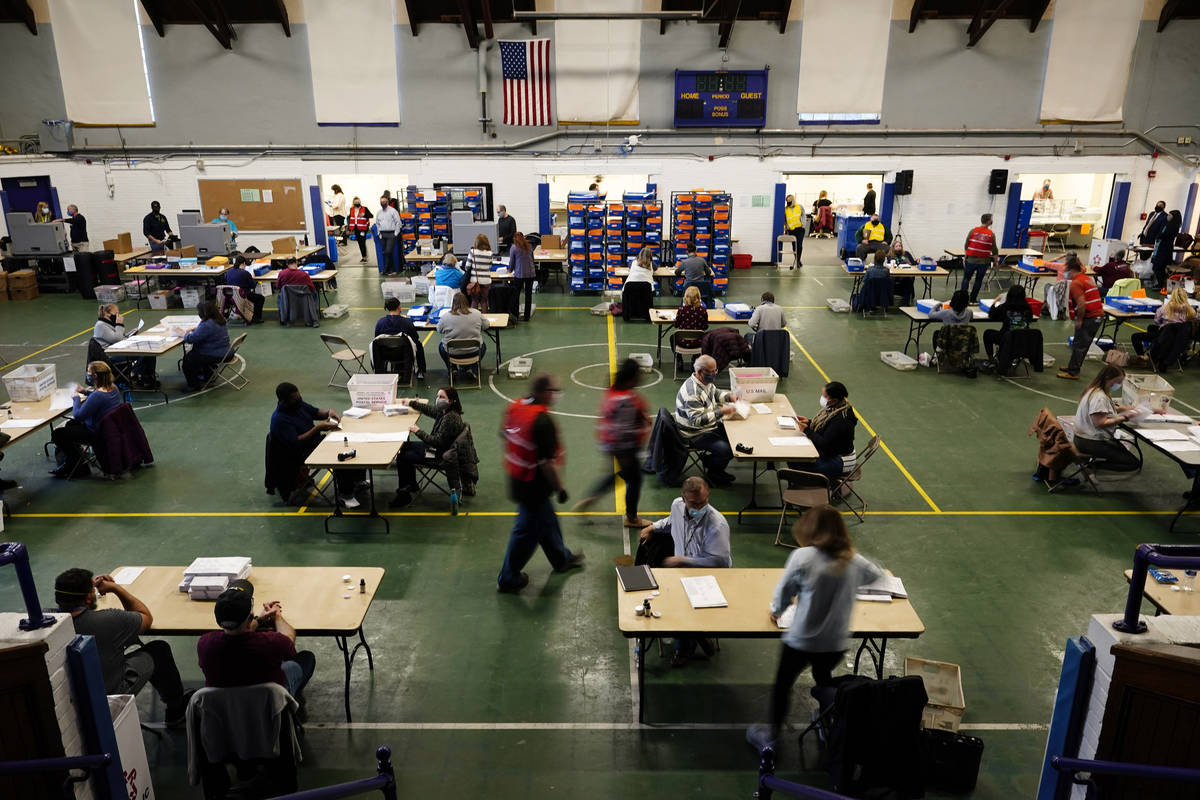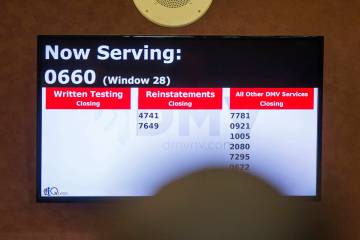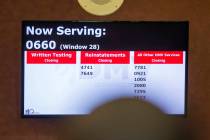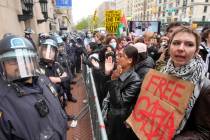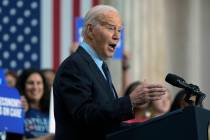EDITORIAL: Ranked-choice voting proves a failure on the big stage
Progressives have hailed so-called ranked-choice voting as the answer to political partisanship and electoral mudslinging. But as New York City’s mayoral primary reveals, it’s also a red-hot mess. Nevada lawmakers should take notice.
In a ranked-choice system, voters rank candidates in a given race in order of preference. Votes are then tallied. If one candidate is slotted at the top of at least 50 percent of the ballots, he or she wins. If not, the contender with the fewest votes is dropped and ballots are recounted. The process continues until somebody reaches 50 percent.
This reform is supposed to push political hopefuls to the middle by forcing them to appeal to a wider swath of voters. That, in turn, is supposed to deter negative campaigning because candidates, in theory, would seek to avoid alienating their opponents’ supporters in order to gain their backing as a second or third choice. Supporters also argue that the outcome better reflects voter preferences.
The reform has been tried in a handful of smaller jurisdictions. But in it’s first run on the big stage, it’s proving to be a disaster.
New York City Democrats went to the polls on June 22 to choose from among 13 hopefuls. They could rank as many as five candidates on their ballots. But election officials won’t determine a winner for another week thanks to difficulties tallying the ballots. On Thursday, more than 135,000 “dummy” ballots were accidentally added to the mix, causing further disruption.
Of equal importance, the mayoral campaign was hardly a bastion of moderation and comity. In addition, as the New York Post notes, some candidates sought to manipulate the system by urging voters to mark them in second or third place so they might eventually get bumped up to first in a later round of counting. This “raises the possibility that the ultimate winner could have more runner-up than first place votes,” the Post notes.
In addition, ranked-choice voting typically leads to more ballots being tossed because many voters neglect to fill out a complete list of candidates, increasing the risk that their ballots will be “exhausted” before somebody surpasses 50 percent.
But the most glaring weakness of this reform is its complexity. Democrats maintain that any GOP-endorsed election-security measures are steeped in racism and intended to keep minorities and the underprivileged from voting. But what is more likely to discourage participation, a voter ID law or a system so intricate that New York City voters had to be mailed a 48-page “explainer booklet to help unravel the new scheme’s mysteries,” as syndicated columnist Ted Rall put it.
Progressives love ranked-choice for one reason: They think it will help them win elections. But if increasing ballot access is truly a priority, experiments in ranked-choice voting should be abandoned.



